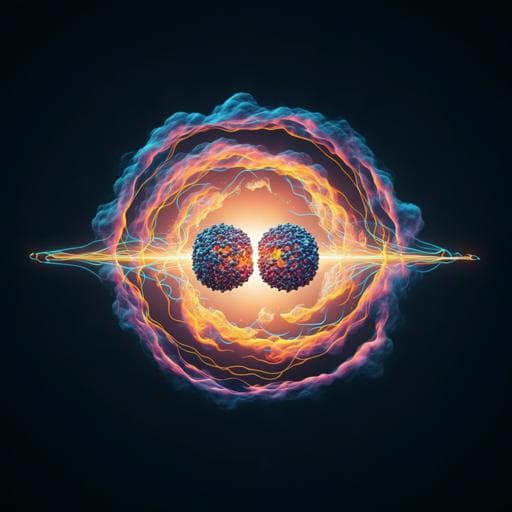
Physics
Filming movies of attosecond charge migration in single molecules with high harmonic spectroscopy
L. He, S. Sun, et al.
This groundbreaking study led by Lixin He and colleagues reveals the intricate dynamics of electron migration in molecules, providing a fascinating look at how light-matter interaction drives these processes. By employing machine learning to analyze high-order harmonics from fixed molecules, they unveil swirling patterns of electron holes in N2 and CO2, marking a significant advance in our understanding of ultrafast electron dynamics.
~3 min • Beginner • English
Related Publications
Explore these studies to deepen your understanding of the subject.







